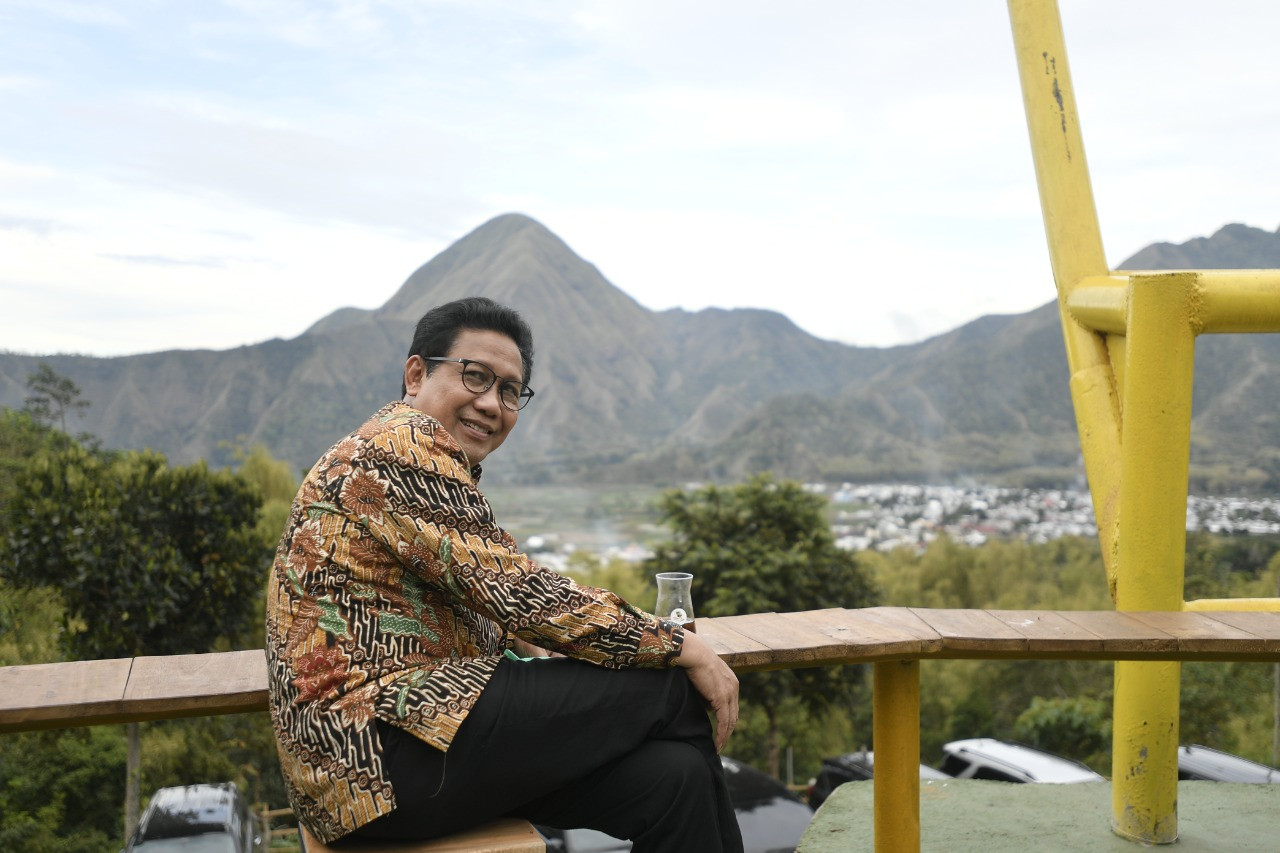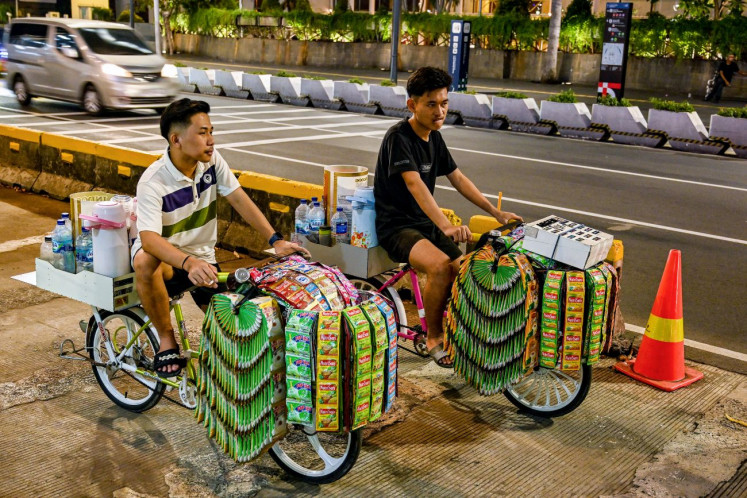Popular Reads
Top Results
Can't find what you're looking for?
View all search resultsPopular Reads
Top Results
Can't find what you're looking for?
View all search resultsInsight: Village SDGs data provide ease of determining the direction of village development
There is no denying that Law No. 6, 2014 on villages has opened the door for development
Change text size
Gift Premium Articles
to Anyone
A report by Ivanovich Agusta/ Ministry of Villlages, Disadvantaged Regions, and Transmigration
There is no denying that Law No. 6, 2014 on villages has opened the door for development. Villages across Indonesia have been realizing their respective development plans, especially since 2015, when the village funds started to be disbursed. As of 2021, the government has transferred Rp 400.1 trillion (US$27,200,495.22) worth of village funds and an additional Rp 68 trillion will be transferred by the end of 2022.
With such huge amount of funds having been transferred and having directly entered the village treasury account, an intriguing question is: How effectively and efficiently have the village funds, and the entire budget for the Village Budgets (APBDes), been used?
Minister of Villages, Disadvantaged Regions and Transmigration, Abdul Halim Iskandar, explained that since 2020, village development has been directed toward achieving SDGs Desa (Village SDGs).
For the last two years, the echo of SDGs has increasingly amplified in Indonesia via the theme of SDGs Desa. How have villages developed and what achievements have they made as of now? What plans has the government mapped out to implement village development plans for the middle term?
Ivanovich Agusta: Why do you focus on SDGs Desa?
A Halim Iskandar: Law No. 6, 2014 on villages, starting with article 6, contains village development; village area; development of village-owned companies; and village cooperation, development and empowerment. In relation to this, President Joko “Jokowi” Widodo mandated that village development should benefit all villagers, particularly those in the categories of poor and extremely poor. This should cover all village residents; there is nothing better than the SDGs adage: No one left behind. Much less so, Indonesia has ratified it through the Presidential Regulation No. 59, 2017 on the acceleration of SDGs. All I did was localize the diction, explanation and logos of the goals to make it easily acceptable to village residents.
Do SDGs Desa correspond to the Pancasila values?
I have already studied it. The major goal of Pancasila is living in the country as a good citizen. SDGs Desa contains activities significant to implementing Pancasila values. The 18th goals of the SDGs Desa, Dynamic Village Institutions and Adaptive Village Culture, which include the role of religious figures in promoting gotong royong (mutual cooperation) and development, clearly implement the first sila (principle): believe in one God.
The first goal of the SGDs Desa, Village without Poverty, corresponds to the second principle: just and civilized humanity. The Ministry of Villages, Disadvantaged Regions and Transmigration is drawing up the agenda, Village with Pancasila Culture, in which crucial activities are conducted to achieve the targets of SDGs Desa.
Will the achievements of SDGs Desa support the success of both Indonesian and global SDGs?
Certainly! Because in terms of details of the targets, SDGs Desa is similar to Indonesia’s SDGs and global SDGs. For example, extreme poverty alleviation in villages is drawn up based on a similar method, using national and global measurements calculated from the income and spending under the global poverty line, as much as Rp 12,000 per capita per day. By using the same method, performance in terms of poverty reduction in villages in accordance with the first goal of SDGs Desa will certainly correspond to the calculation of the national and global poverty decline.
What has the government done to implement the direction of the SDGs Desa policy?
In accordance with Permendes No. 21, 2020, village development starts from data entry, followed by implementation and ends with evaluation. That’s why in 2021, the update of SDGs Desa data entry was conducted participatorily. All data is owned by the village -- the village has full rights to the data -- only the village head and the village secretary can have access to the data by name, by address. The supra-village can only have access to the data recap. As many as 59,094 villages have collected data regarding 88,298,703 villagers; 24,472,319 families; and 319,390 neighbourhood associations.
What benefits will a village reap after collecting SDGs Desa data?
The algorithm of Ministry of Villages, Disadvantaged Regions and Transmigration processes data into methods of achieving the targets of SDGs Desa. Currently, with regard to the targets, SDGs Desa has achieved 45.86 points. The most important thing is that now, points of weaknesses and strengths can be revealed in detail. At the national level, a superior village is the seventh goal of the SDGs Desa -- that is, Clean and Renewable Energy Village -- and the 16th goal of Village of Peace and Justice is related to efforts to maintain social sustainability around the village.
What other benefits can villages reap?
The algorithm of Ministry of Villages, Disadvantaged Regions and Transmigration immediately provides the draft of detailed policy recommendations with up to 222 kinds of activities in accordance with the targets of the number of village developments.
Data on the existing issues are available, as well as the targets of achieving solutions from year to year until 2030 and the recommendations of annual implementation up to 2030, until all of the targets of the SDGs Desa are completely achieved by 2030. It can be said now that in just one click, villages can study their profile, issues and activity plans until 2030. What the villages should do is simply make joint decisions in village deliberations and then carry them out. Surely, development can run effectively and efficiently. It is easy, is it not?











